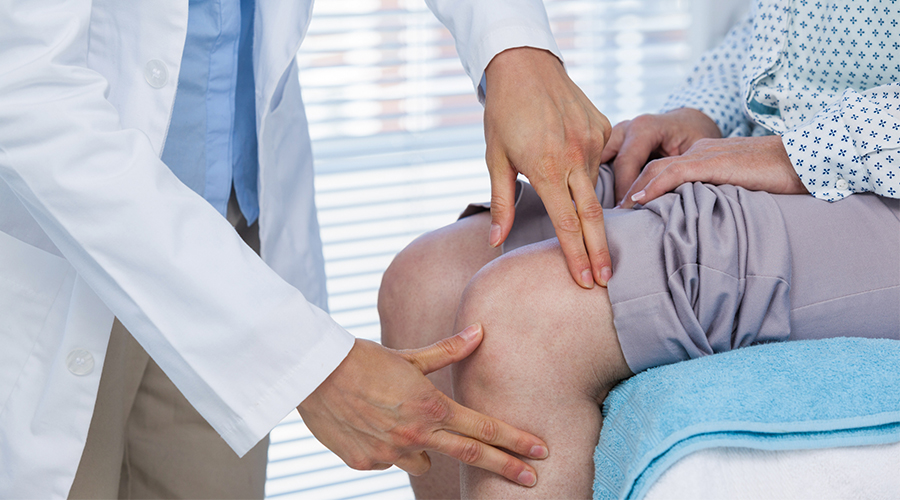
The life of an athlete can be very demanding. The amount of physical overload an athlete’s muscles are subjected to can quite easily take a toll on the body even though such individuals may be professionals who are at peak physical fitness. This is why injuries are common occurrences for athletes, especially joint related injuries as they are the most vulnerable points in our body. Even minimal amounts of force that can generally be withstood by the human body can cause horrific effects if exerted at certain angles as joints are less rigid compared to the immovable parts in our body.
One type of injury that keeps recurring amongst most athletes is damage to the anterior cruciate ligament, also known as the ‘ACL’. This ligament is an essential component of the human knee as it is responsible for holding the knee in place and also acts as a shock absorber. Recuperating from ACL related injuries can take months or sometimes even over a year. For this reason, post surgery rehab must given prior importance as it plays a key role in proper recovery.
The need for careful rehabilitation becomes even more important in the case of athletes as they’d be hoping to return to their demanding sports right after recovery. This is why, to help athletes avoid the possibility of recurring injuries, orthopedic surgeons and medical professionals the world over have established certain criteria which must be met to be eligible for active participation in any relevant sport.
Research found that the strength of the quadriceps muscles is one of the most important measures in determining the risk for further injury to the anterior cruciate ligament. Taking this into account, a set of tests to assess the extent of recovery was compiled. This included an isometric quadriceps strength test, four functional hop tests and the International Knee
Documentation Committee (IKDC) patient reported outcome survey. Limb Symmetry Index is also calculated to help with the strength and hop tests. Subjects are required to get a minimum score of 90% on these tests to be cleared for re-entry into sports.
A few researchers from the Cincinnati Children’s Hospital conducted a study on a set of 16 year old patients who were athletes for two years. Out of the 181 patients who participated in the study, 39 had another ACL injury with 18 of them suffering from ipsilateral graft failure and 21 suffering contralateral tears within the first 24 months. And out of these patients 57 of them achieved scores of 90% or greater on all of their tests.
Based on this study, it was determined that individuals who failed to achieve a score of 90% or greater were 84% less likely to suffer from an ipsilateral graft failure but three times more likely to suffer from a contralateral ACL injury. Due to this, the doctors concluded that there was no concrete measure to determine risk of future injuries and that further investigation was required.
Athletes are individuals who are almost always in top physical form. Even though they can get injured from time to time, they have the capacity to make a complete recovery as they have conditioned their muscles in such a way. But that being said, the recovery process must be done carefully and consistently. Although the tests that are currently available cannot predict future injury occurrence accurately, athletes must still try to fine tune their muscles to the best of their abilities before they can get back into action.
